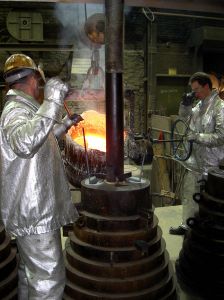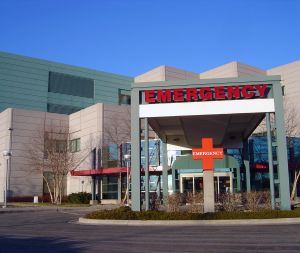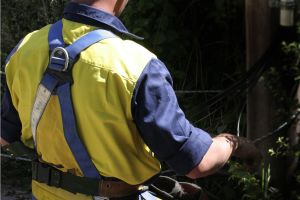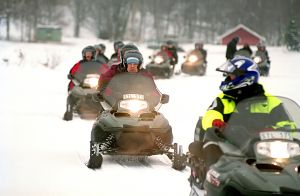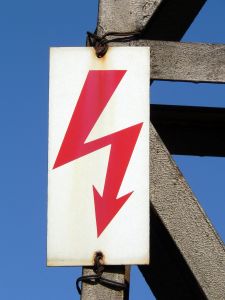The long-awaited outcome of her personal injury lawsuit has a Boston Marathon spectator feeling vindicated, according to a recent article in Metrowest Daily News.
The 65 year-old woman was struck by a state police officer on his motorcycle during the 2007 Boston Marathon. She brought a civil case against the officer for negligence; filing for compensatory and punitive damages.
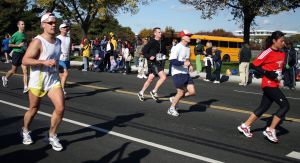
The victim acquired $983 worth of medical bills but was angered when the police refused to pay them or accept responsibility for the accident. Making matters more complicated was the fact the victim felt law enforcement was covering up the accident.
Additionally, as our Boston personal injury attorneys are well aware, falls among the older adult population can lead to long-term medical complications, including knee and hip-replacements. The Boston Globe reports the woman was knocked to the ground on State Route 135 in West Natick.
The attorney representing the police alleges that the woman was in the street when she was struck and was not paying attention to her surroundings. The victim claims she was standing behind the designated white line for spectators.
Following four days of testimony, the jury deliberated 4 hours before rendering a verdict. The Patriot Ledger reports the Superior Court jury found the police officer to be negligent and awarded the woman $15,500 in damages.
The victim also claimed battery against the police officer and violation of civil rights against the lead detective but was not awarded for those charges.
The Boston Marathon attracts hundreds of thousands of people each year. In anticipation of this year’s marathon, Run the Planet offers the following crowd safety tips to spectators:
– Always be aware of the closest exit location as well as all of your surroundings.
– Take notice of the ground surface. For example, loose gravel, muddy, unleveled or wet surfaces can all be dangerous, especially in large crowds where space is limited.
– Discarded objects lying on the ground like clothing, trash, bottles or food items can also be dangerous once the race starts and attention is directed towards the marathoners.
– Benches and scaffoldings are not meant to hold lots of weight so refrain from standing on them to get a better view.
– If you are in the midst of a panicked crowd, try to remain calm and go with the flow. Trying to retreat against a moving crowd is dangerous.
– Communicate with others by use of hand gestures since talking is difficult amid crowd noise.
– If you stumble and fall to the ground, keep crawling in the direction of the crowd. Cover your head and curl up in a fetal position if you can’t move at all.
Continue reading

 Boston Personal Injury Attorney Blog
Boston Personal Injury Attorney Blog




